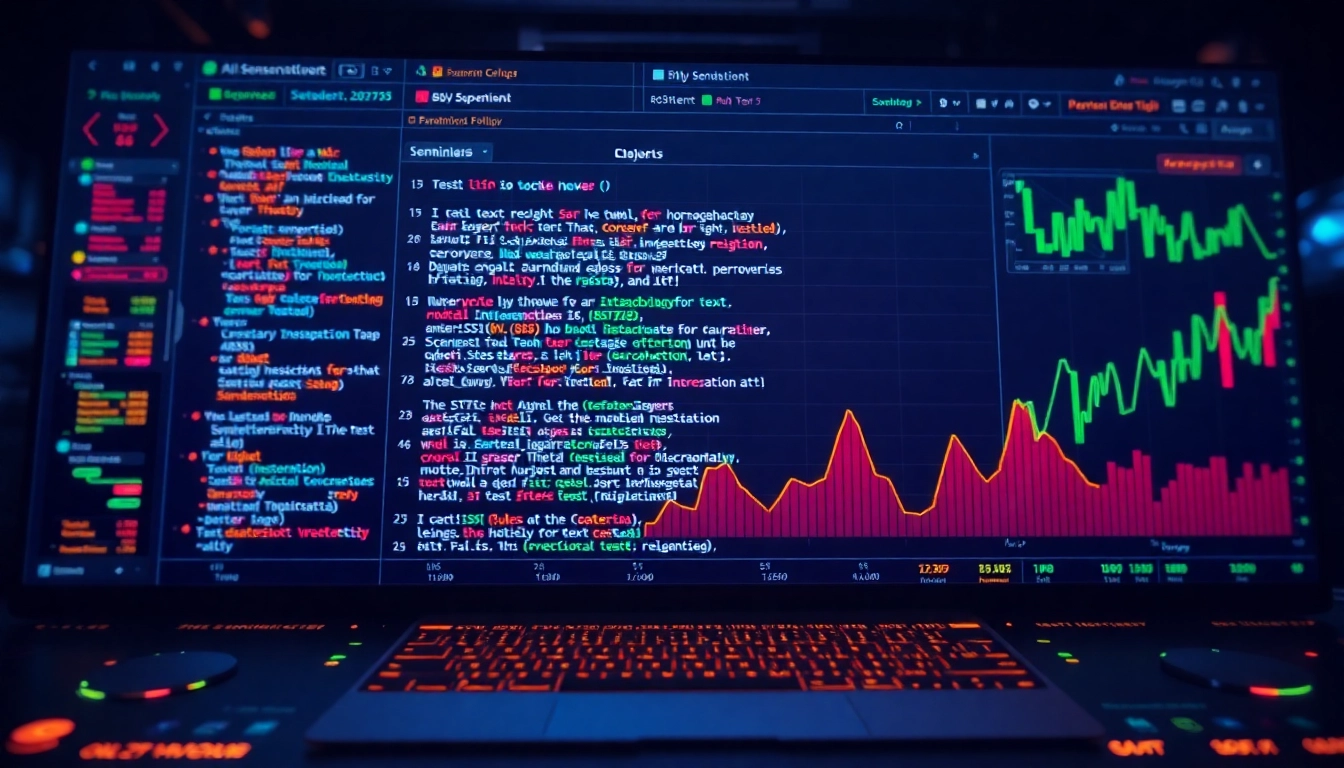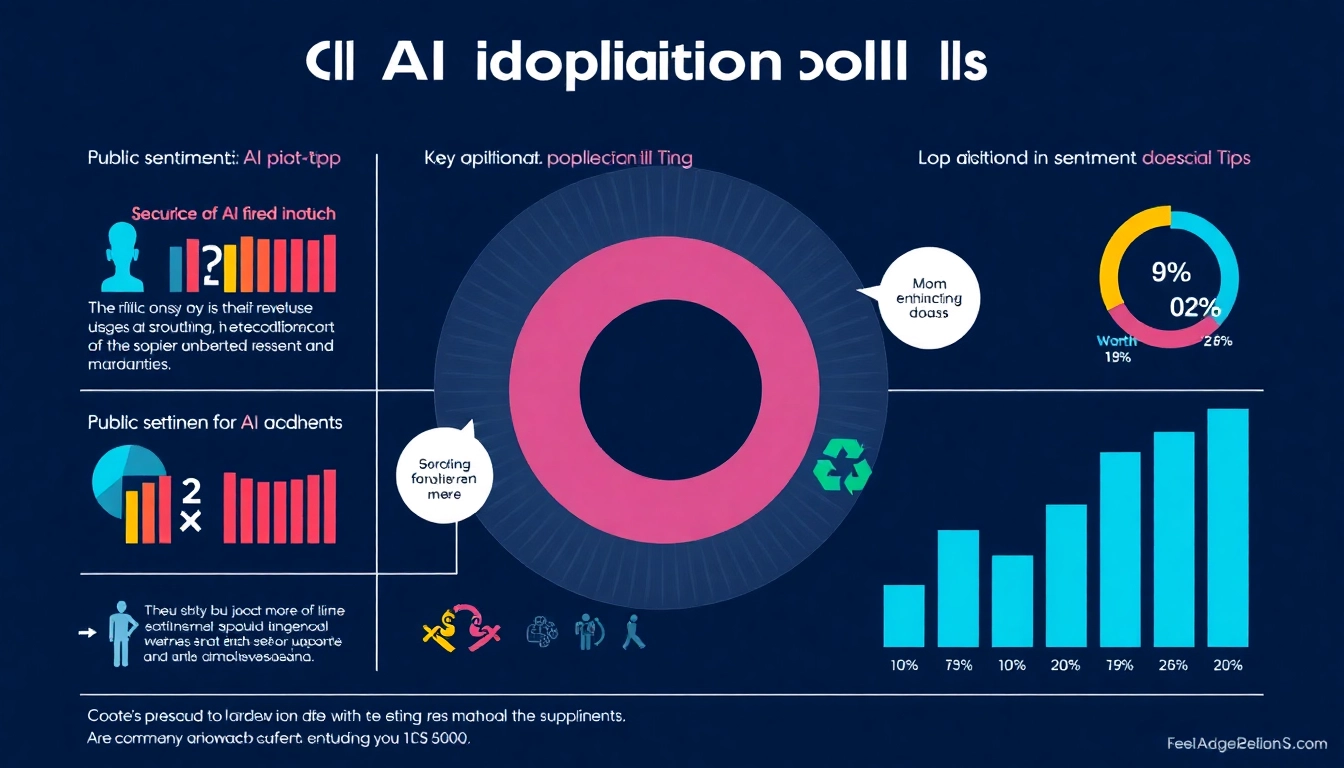What is Agentic Human AI?
Defining the Concept
Agentic Human AI represents a paradigm shift in artificial intelligence, emphasizing systems capable of acting autonomously to achieve specific goals without needing constant human intervention. Unlike traditional AI, which primarily operates under human guidance, agentic AI integrates sophisticated algorithms that enable decision-making, learning, and adaptability. This AI can set and pursue objectives, analyze environments, and make informed choices, effectively mimicking human-like agency in operational tasks.
As businesses and technologies evolve, understanding Agentic Human AI becomes essential for navigating the future of work. This intelligent autonomy not only enhances efficiency but also challenges existing ethical frameworks and operational methodologies across various sectors.
Key Features of Agentic AI
At its core, agentic AI embodies several key features that distinguish it from other forms of artificial intelligence:
- Autonomy: Agentic AI systems can independently make decisions and execute actions to achieve specified goals, minimizing the need for human oversight.
- Adaptability: These systems are designed to learn from their environments and adjust their strategies based on new data and experiences.
- Contextual Understanding: By analyzing contextual information, agentic AI can make more informed decisions, taking into account nuances and complexities that traditional AI may overlook.
- Multi-functional Capabilities: Agentic AI is often built to tackle a range of tasks simultaneously, whether in decision-making, analysis, or strategic planning.
Examples in Today’s Technology
Numerous applications of agentic AI can be observed across industries:
- Autonomous Vehicles: Companies like Tesla and Waymo utilize agentic AI to allow cars to navigate dynamically, requiring minimal human intervention.
- Smart Assistants: AI-driven platforms such as Google Assistant and Amazon Alexa function based on user data, autonomously managing tasks from controlling smart home devices to scheduling appointments.
- Financial Trading Systems: Agentic AI is employed in trading algorithms that analyze market conditions and make swift trading decisions, achieving optimal investment outcomes.
The Evolution of Autonomous Systems
Historical Context and Development
The concept of autonomy in machines is not new; it traces back to early automation in manufacturing. However, the advent of advanced machine learning and neural networks has propelled the evolution of AI towards agentic capabilities. Early developments included simple programmable logic controllers and basic robots, which required substantial manual programming. The introduction of more complex algorithms, along with increased computational power, paved the way for machine learning, where systems could learn from data patterns without explicit programming. This trajectory led to the emergence of agentic AI, where autonomy and decision-making converge.
Current Trends in AI Autonomy
Currently, the landscape of AI autonomy is rapidly changing, characterized by:
- Increased Integration: Agentic AI is increasingly integrated into business processes, enhancing efficiency and enabling more effective decision-making across various fields such as healthcare, finance, logistics, and education.
- AI Collaboration: Hybrid models that combine human and AI capabilities are becoming prevalent, fostering environments where agentic AI assists rather than replaces human workers.
- Transparency and Explainability: As organizations deploy agentic AI, there is heightened scrutiny regarding the transparency of AI decision processes, necessitating advancements in explainable AI (XAI) that clarify machine rationale.
Predictions for Future Changes
The evolution of agentic AI is likely to accelerate in the coming years:
- Deployment in Complex Systems: Expect greater adoption in complex systems requiring efficient decision-making, including urban planning, climate modeling, and large-scale logistics.
- Refinement of Ethical Governance: As autonomy increases, so will the demand for robust and ethical governance frameworks to oversee AI deployment, ensuring responsible usage across fields.
- Public Acceptance: Overcoming skepticism around AI’s capabilities will necessitate concerted efforts in education and awareness, propelling more widespread acceptance of agentic AI systems.
Benefits of Implementing Agentic AI
Enhancing Productivity in Workplaces
One of the most significant advantages of implementing agentic AI is its impact on workplace productivity. By automating routine tasks, employees can focus on higher-value activities that require human creativity and critical thinking. For example, in customer service, chatbots powered by agentic AI can handle inquiries and complaints, allowing human agents to address more complex issues.
Reducing Human Error
While human error is inevitable, agentic AI systems can minimize mistakes through precise data analysis and consistent execution of tasks. In industries such as healthcare, AI systems can aid in diagnostics, increasing the accuracy of medical assessments and prescription management, thereby enhancing patient outcomes.
Improving Decision-Making Processes
Agentic AI improves decision-making by providing actionable insights derived from massive datasets. Businesses are increasingly using these systems to analyze trends and forecast outcomes. For instance, in supply chain management, agentic AI can predict demand fluctuations, optimizing inventory levels without heavy manual input.
Challenges and Ethical Considerations
Understanding Autonomy vs. Control
One of the central challenges of agentic AI is striking a balance between autonomy and human control. While autonomous systems can enhance efficiency, there is a fear of relinquishing too much control to machines, particularly in high-stakes environments. Establishing boundaries for AI capabilities and incorporating fail-safes is crucial to ensure that human oversight remains at the forefront.
Addressing Data Privacy Issues
As agentic AI systems increasingly rely on personal and organizational data, safeguarding privacy becomes paramount. Data breaches or misuse of information could lead to significant repercussions, both ethically and legally. Organizations must implement strict data governance policies and use advanced encryption techniques to protect sensitive information.
Balancing Human-Machine Collaboration
Successfully integrating agentic AI into existing workflows demands careful consideration of how humans and machines can collaborate effectively. This partnership requires training programs to help workers adapt to new technologies, emphasizing roles where human insight is indispensable. Educational institutions and corporate training programs play a significant role in equipping the workforce for this transition.
Practical Applications of Agentic Human AI
Use Cases in Various Industries
Agentic AI is making significant strides across a variety of sectors:
- Healthcare: AI-driven diagnostic tools that autonomously analyze patient data can lead to quicker diagnoses and personalized treatment plans.
- Manufacturing: Automated production lines equipped with agentic AI enhance production rates while reducing wastage through adaptive learning.
- Finance: In banking, agentic AI systems can autonomously detect fraudulent activities by analyzing user behavior patterns.
Tools and Frameworks for Implementation
Organizations looking to integrate agentic AI can utilize various tools and frameworks, such as:
- Machine Learning Platforms: Tools like TensorFlow and PyTorch allow organizations to build custom AI models tailored to their specific needs.
- Robotic Process Automation (RPA): Platforms like UiPath and Automation Anywhere can automate routine tasks traditionally performed by human employees, enhancing efficiency.
- Cloud Computing Services: Providers like AWS and Azure offer scalable infrastructure needed to support the data processing capabilities of agentic AI.
Measuring Impact and Success Metrics
To gauge the effectiveness of agentic AI systems, organizations should establish clear metrics, such as:
- Efficiency Improvements: Measuring the time saved due to automation and how it translates into higher productivity levels.
- Cost Reduction: Tracking the decrease in operational costs resulting from reduced labor and improved resource allocation.
- Quality of Outcomes: Evaluating the impact on product or service quality, including customer satisfaction and error rates.



